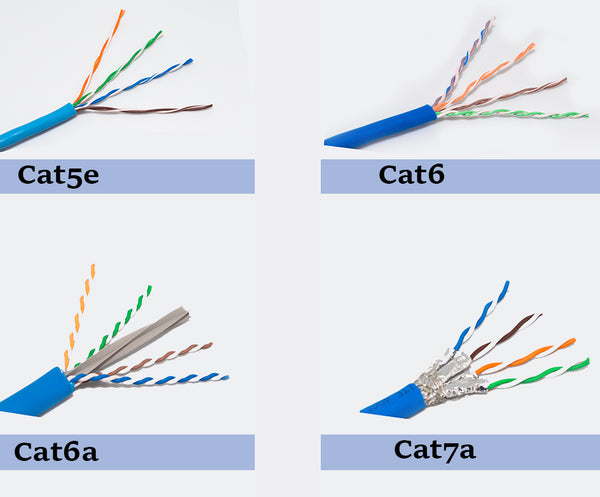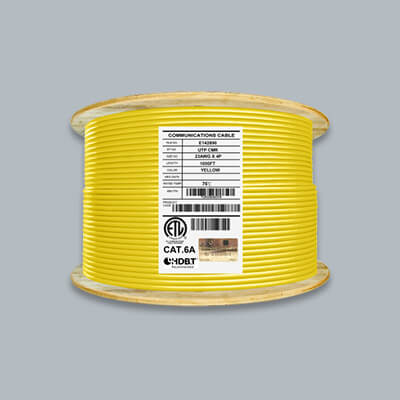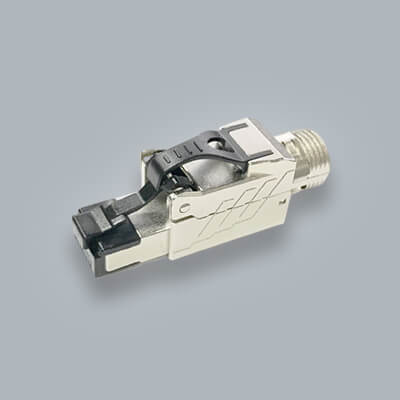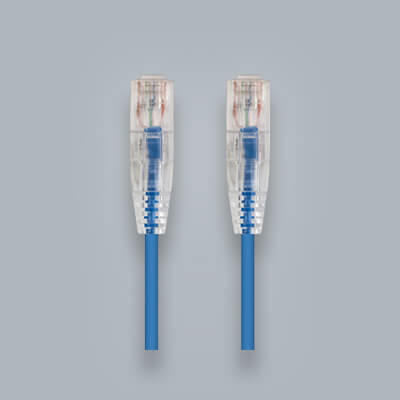Difference between Cat5e, Cat6, Cat6a and Cat7 cable

Category cables are the plumbing pipes of the internet. There are a variety of category cables, but the most common category cables are cat5e and cat6 cables. Ethernet cables are constantly being upgraded and standardized by the Institute of Electrical and Electronics Engineers, also known as IEE. Each upgrade supports higher bandwidth speeds and improvement with noise cancellation.
The difference between each category cable can be difficult to recognize by the casual observer. However, every new generation cable offers copper pairs with tighter twists and more complex sheathing. As new upgrades become available the older Ethernet generation cables are becoming obsolete.
Category 3 Cable
Cat3 cable was widely used in computer networking in the early 1990’s. Cat3 is capable of supporting maximum frequencies of up to 16MHz. This type of cable is typically used for two-line phone systems and 10BASE-T networks.
Category 5e Cable
Cat5 cable has become obsolete after Cat5e was introduced. Cat5 and Cat5e are very similar physically, but Category 5e cable adheres to more stringent IEEE standards. Cat5e is one of the most used Ethernet cable due to its ability to support Gigabit speed at cost effective prices. It gives you better performance against crosstalk compared to Cat5. Cat5e is a great choice for residential installations
Category 6 Cable
Cat6 cable can support up to 1Gb at 328 feet. It can even achieve up to 10gb up to 33-55 meters( under ideal conditions. The standard frequency requirement is 250MHz. Cat5e cable pairs are twisted at 1.5-2 twists per cm, while Cat6 cable is tightly twisted at 2 or more twists per cm. Cat6 cable also has thicker sheaths than cat5e cable. The thicker sheath helps protect against Near End Crosstalk (NEXT) and Alien Crosstalk (AXT).
Category 6a Cable
Cat6a supports bandwidth twice the amount of Cat6 cable, at a standard frequency rate of 500MHz. Cat6a can support 10Gig at 100 meters. Cat6a sheathing is also more robust helping eliminate alien crosstalk (AXT), the stronger sheathing makes the cable thicker than regular Cat6.
Category 7 Cable
Cat7 cable supports 10Gbps, but has been tested to transmit up to 50Gbps at 50 meters and 100Gbps at 15 meters. This cable has a standard frequency of 600MHz. Cat7 cable is stiff compared to previous generations due to the extensive shielding to reduce attenuation. Cat7 also requires special connectors.





